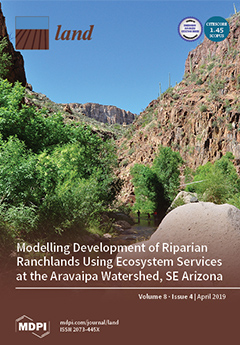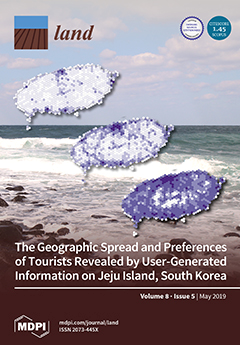The assessment of Mali soil resources for the purposes of cotton cultivation
All of the available information about the soil cover of Mali at the level of the whole country is summarized. This information was updated according to the satellite data, and the analysis of optimality of the soil resources for the purposes of cotton cultivation was conducted. As the basis for the assessment served the Digital Soil Map of the World by FAO, which was preliminary corrected on the basis of visual analysis of Landsat images, obtained in 2009-2011.





